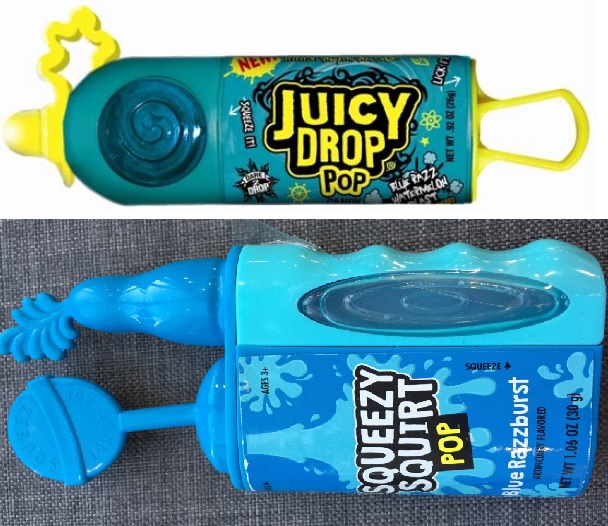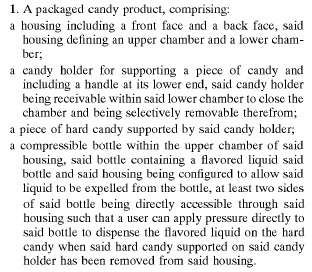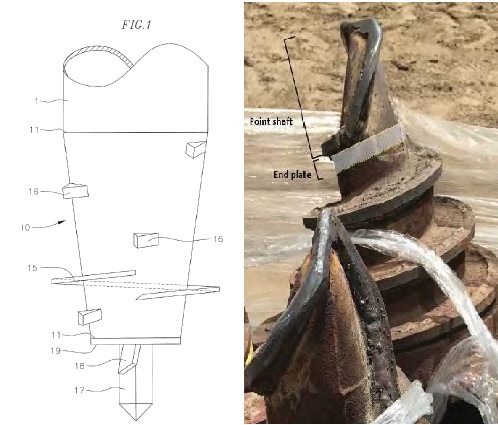In Bio-Rad Laboratories, Inc. v. 10x Genomics Inc., [2019-2255, 2019-2285] (August 3, 2020), the Federal Circuit affirmed the judgment of infringement of U.S. Patent No. 8,889,083 and the entirety of the jury’s damages award, but reversed the district court’s construction of the asserted claims of U.S. Patent No 8,304,193 and 8,329,407 and vacated the judgment of infringement of those patents. The Federal Circuit remanded for a new trial on the issue of whether 10X’s accused products infringe the ’407 and ’193 patents under the proper claim construction.
The Federal Circuit found that the district court properly denied JMOL that the claims were not infringed under the Doctrine of Equivalents. The Federal Circuit noted two limitations on the Doctrine of Equivalents: Prosecution History Estoppel, and Vitiation – giving such a broad range of equivalents, that the limitation is effectively eliminated.
Prosecution history estoppel arises when a patent applicant narrows the scope of his claims during prosecution for a reason substantially relating to patentability, giving rise to a presumption of surrender of all equivalents within the territory between the original claim and the amended claim. This presumption can be overcome if the patentee can show that one of the following “exceptions” to prosecution history estoppel applies: (1) the rationale underlying the amendment bears no more than a tangential relation to the equivalent in question; (2) the equivalent was unforeseeable at the time of the application; or (3) there was some other reason suggesting that the patentee could not reasonably be expected to have described the equivalent. This presumption can be overcome if the patentee can show that one of the following “exceptions” to prosecution history estoppel applies: (1) the rationale underlying the amendment bears no more than a tangential relation to the equivalent in question; (2) the equivalent was unforeseeable at the time of the application; or (3) there was some other reason suggesting that the patentee could not reasonably be expected to have described the equivalent.
The district court held that prosecution history estoppel does not apply in this case because the amendment at issue was only tangentially related to the accused equivalent. The court reasoned that, during prosecution, the inventors sought to distinguish the microchannels in their system from fluorinated prior art microchannels that would react with the carrier fluid. In the district court’s view, the objectively apparent reason for the amendment was to distinguish fluorinated microchannels from microchannels that had no fluorinated properties. The district court concluded that an accused product like 10X’s —having minute or negligible quantities of fluorine that have no function in the product and do not react with the microchannels—could meet the “non-fluorinated” limitation under the doctrine of equivalents. The Federal Circuit agreed, noting the inventors surrendered microchannels coated with fluorine “for a purpose—not those containing de minimis amounts of fluorine that have no effect on how the microchannel functions in the system.” The crux of the tangentiality inquiry remains the patentee’s objectively apparent reason for the narrowing amendment as discernible from the prosecution history record, and the prosecution history record reveals that the reason for the amendment was to distinguish microchannels that reacted with carrier fluids. Thus prosecution history does not apply.
Regarding vitiation, the Federal Circuit explained that vitiation is not an exception or threshold determination that forecloses resort to the doctrine of equivalents, but is instead a legal conclusion of a lack of equivalence based on the evidence presented and the theory of equivalence asserted. On appeal, 10X argued that the doctrine of equivalents is unavailable to Bio-Rad because “fluorinated” and “non-fluorinated” are “diametric opposites” and because a fluorinated microchannel is the “antitheses” of a non-fluorinated microchannel. The Federal Circuit found that despite some surface appeal, this argument did not hold up under even minimal scrutiny.
The Federal Circuit said that the appropriate inquiry is whether a reasonable juror could have found that a negligibly-fluorinated microchannel performs the same function, in the same way, and achieves the same result, as a non-fluorinated microchannel. Based on the evidence presented at trial — including expert testimony — the Federal Circuit found that the district court correctly concluded that a reasonable juror could find that a 0.02% Kynar-containing microchannel is insubstantially different from a non-fluorinated microchannel.
Regarding infringement of the ’407 and ’193 patents, the issues was whether or not the claim preamble was a limitation. 10X argued that the district court incorrectly treated portions of the preamble as not being a claim limitation, and Federal Circuit agreed. The Federal Circuit acknowledged that in TomTom, Inc. v. Adolph, 790 F.3d 1315, 1324 (Fed. Cir. 2015)), it found that part of the preamble was a claim limitation and another part of the claim limitation was not. The Federal Circuit said that crucially, unlike TomTom, the preamble in this case cannot be neatly packaged into two separate portions. The Federal Circuit correctly held that portions of the preamble provide antecedent basis for the use of terms in the body of the claim, but disagreed that these limiting terms can be read separately from the remainder of the preamble. The language relied upon for antecedent basis in the preamble at issue was intertwined with the rest of the preamble. The Federal Circuit thus vacated the finding of infringement and remanded for determination of infringement under the correct, narrower construction.



